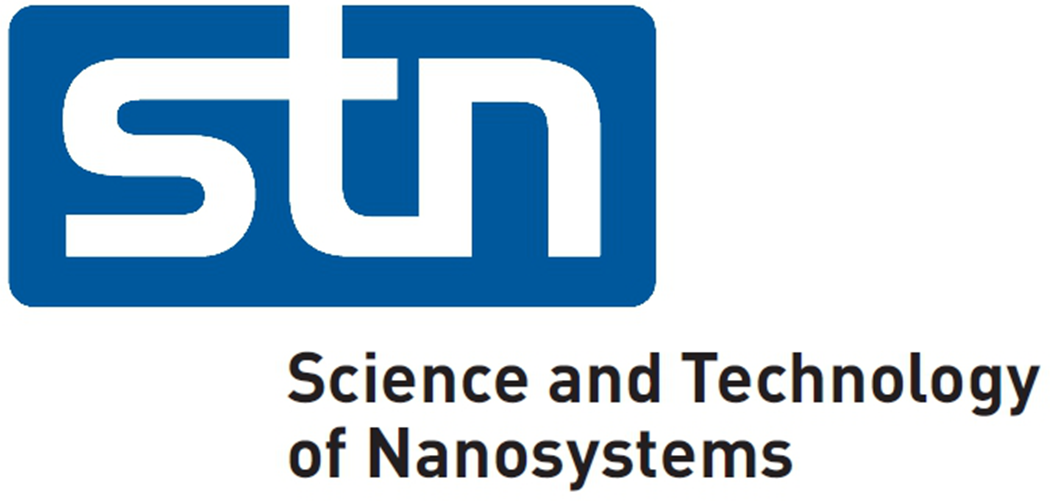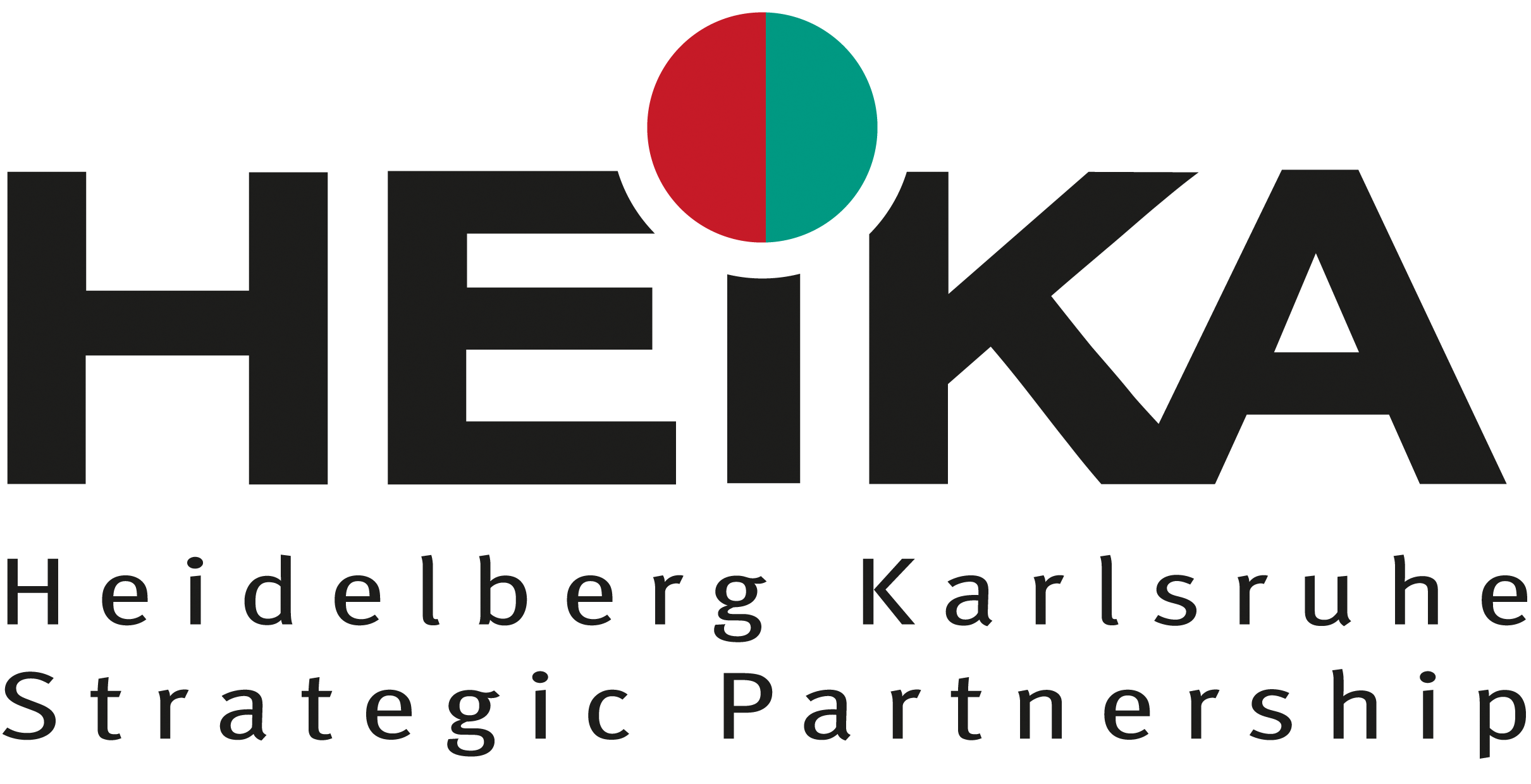Comparing 3D Printers
Speed vs. Voxel Size
In our original publication in the journal Advanced Functional Materials, we have reviewed various 3D printing technologies and implementations. The below figure summarizes a large number of 3D printers, where speed (precisely, total peak printing rate) is plotted on the vertical axis and given in units of voxels per second. On the horizontal axis, the voxel size is depicted. The gray diagonals correspond to lines of constant volume printing rate.
Since the field is evolving rapidly, we would like to keep the plot up to date. You can help us to do so by sending us a reference, e.g., a scientific publication or a specification sheet, via the contact form.
Overview of various 3D additive manufacturing methods. The respective voxel size size of each method is plotted (upper logarithmic horizontal scale) versus the total peak printing rate (left logarithmic vertical scale). The lower scale gives the inverse of the voxel size, which is loosely associated with the resolution. On the right scale, the total peak printing rate is expressed in terms of bits per second. References for the individual datapoints are given in the original publication.
(1+1)PA: (1+1)-Photon Absorption, 2PP: Two-Photon Printing, EBID: Electron Induced Deposition, AJ: Aerosol Jet 3D Nanoprinting, SLS: Selective Laser Sintering, ECP: Electrochemical Printing, DIW: Direct Ink Writing, FFF: Fused Filament Fabrication, IJ: Inkjet Printing, SL: (Projection Micro-)Stereolithography, CLIP: Continuos Liquid Interphase Printing, LS3DP: Light-Sheet 3D Printing, TVAM: Tomographic Volumetric Additive Manufacturing
Figure and caption adapted from:
Hahn, V., Kiefer, P., Frenzel, T., Qu, J., Blasco, E., Barner-Kowollik, C., Wegener, M.,
Rapid Assembly of Small Materials Building Blocks (Voxels) into Large Functional 3D Metamaterials.
Adv. Funct. Mater. 2020, 1907795. doi.org/10.1002/adfm.201907795. Changes have been made with respect to the original document.










